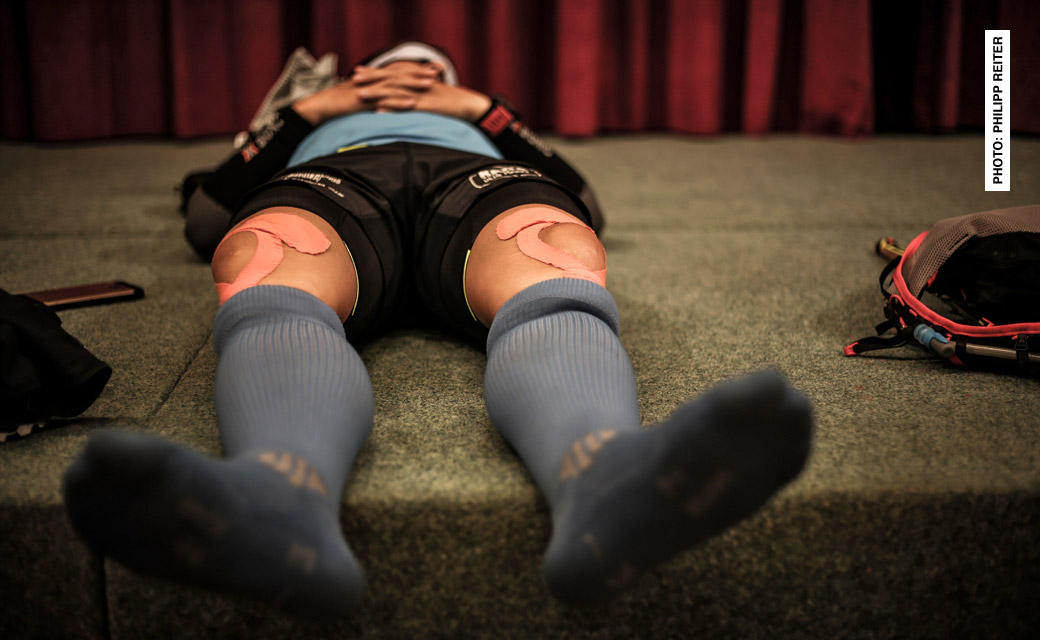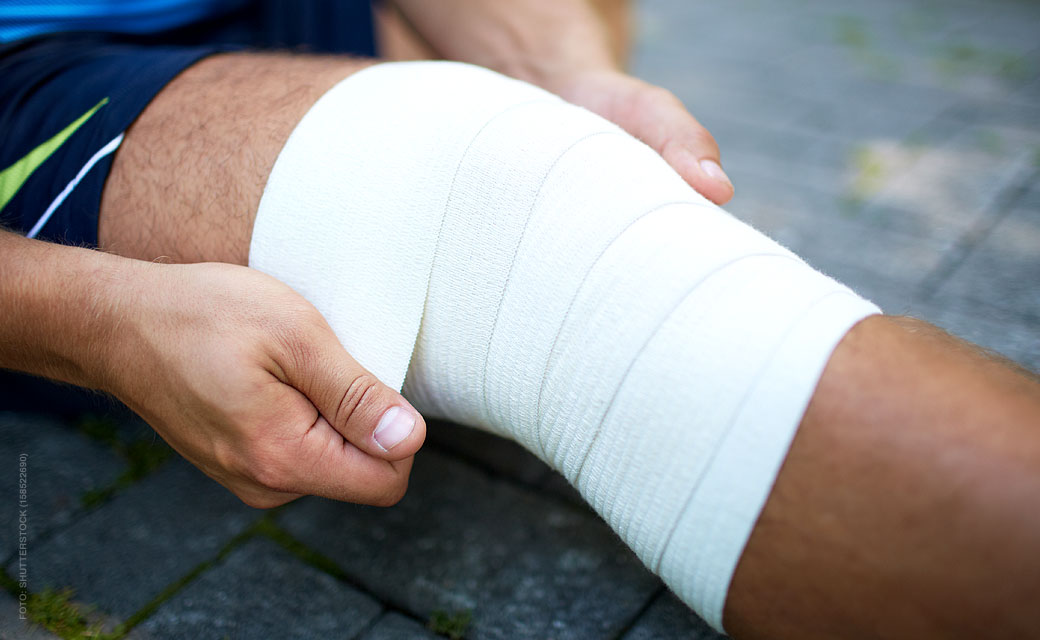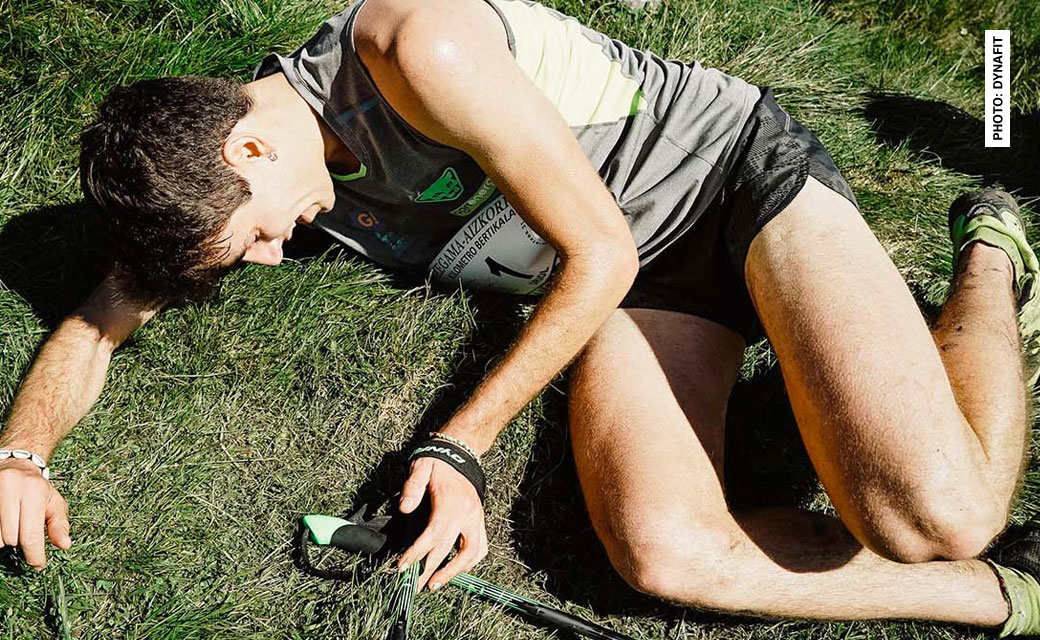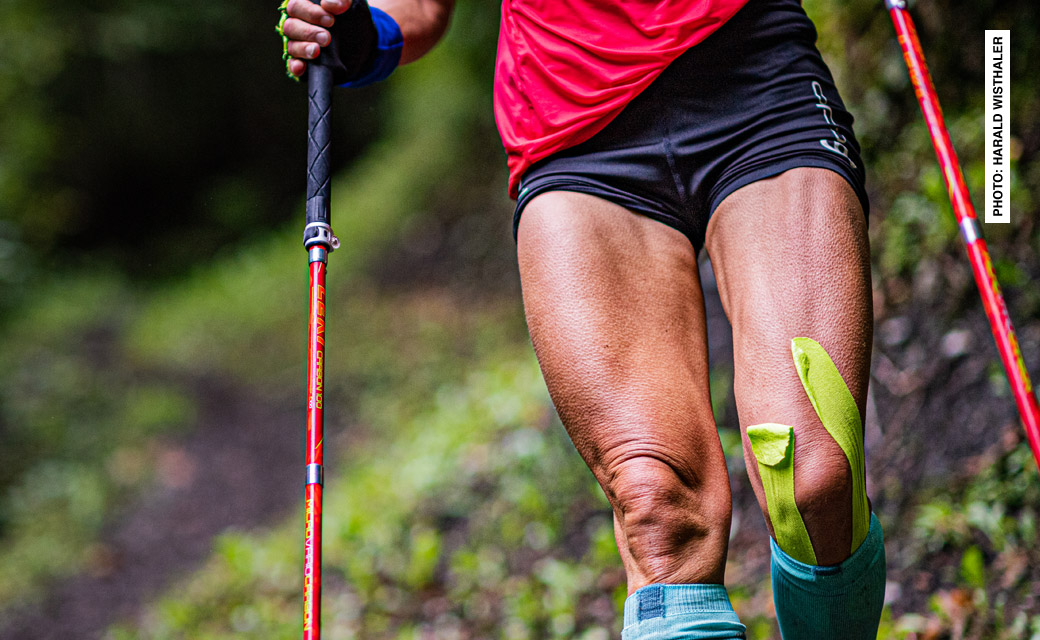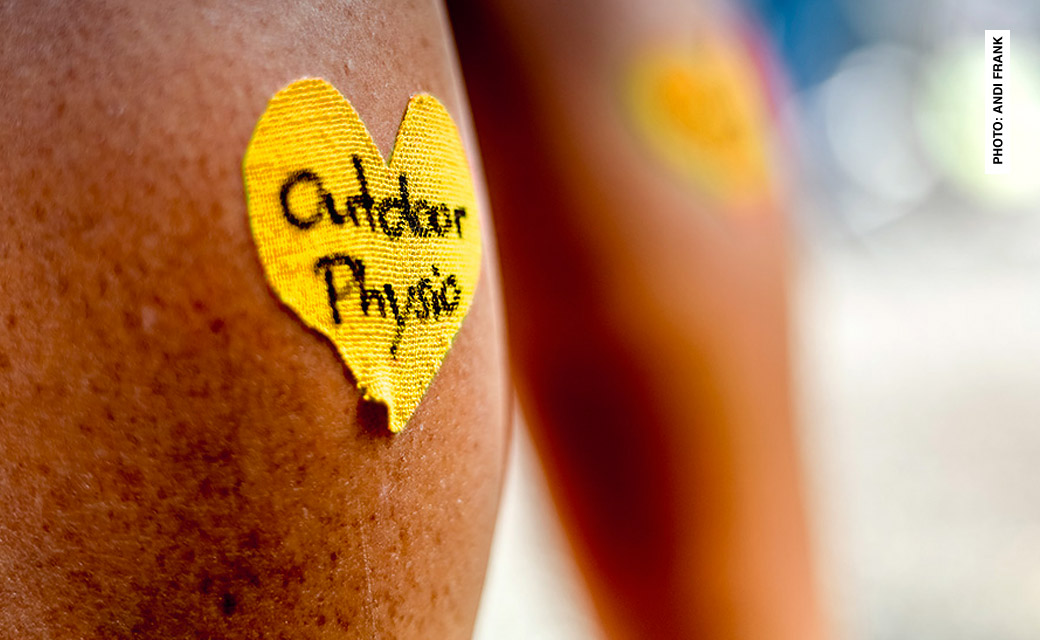» An ultramarathon is a running event that takes place over a distance greater than the 42.195 kilometers / 26.219 miles of a marathon. « This is not just the definition that you’ll find on Wikipedia, it’s also the definition used by international athletics associations. However, unlike other events organized by those associations, Ultra Running has no clearly defined distances such as Sprint, Middle Distance or Long Distance races. In general, you can say that anything longer than a marathon is ultra running. As far as distance is concerned, essentially there are no upper limits.
ULTRA RUNNING COURSE DISTANCES
That notwithstanding, there are certain course lengths which constitute approximate standards in ultra running. The International Association of Athletics Federations (IAAF) even ratifies records for the 100 kilometer road distance. The record holders are Nao Kazami (Japan) in the men’s category (6:09:14 h) and Tomoe Abe (Japan) in the women’s (6:33:11 h). For the sake of comparability, these types of event are usually held on courses with exactly measured five to ten kilometer laps. However, it’s impossible to look into the topic of ultra running in any depth without encountering ‘Hundred Milers’. And you can’t talk about ‘hundred milers’ without mentioning the Ultra Trail du Mont Blanc, or UTMB. Roughly 170 kilometers / 106 miles long with 10,000 meters / 33,000 feet of elevation gain, it is certainly one of the toughest mountain marathons in the world.
For many people, the attraction of ultra running is more a question of the running experience than simply the distance covered. For this reason, most races longer than the marathon distance take place on marked off-road trails. There is little in the way of a practical upper limit in terms of the length and vertical gain involved in an ultra marathon. Germany’s longest non-stop race is the 661 kilometer / 411 mile Goldsteig Ultrarace that has 19,000 meters / 62,000 feet of elevation gain. Then there are stage races similar to bike racing, where you quickly reach distances of three to four thousand kilometers / 1800 to 2500 miles. These require special training, both physical and mental.
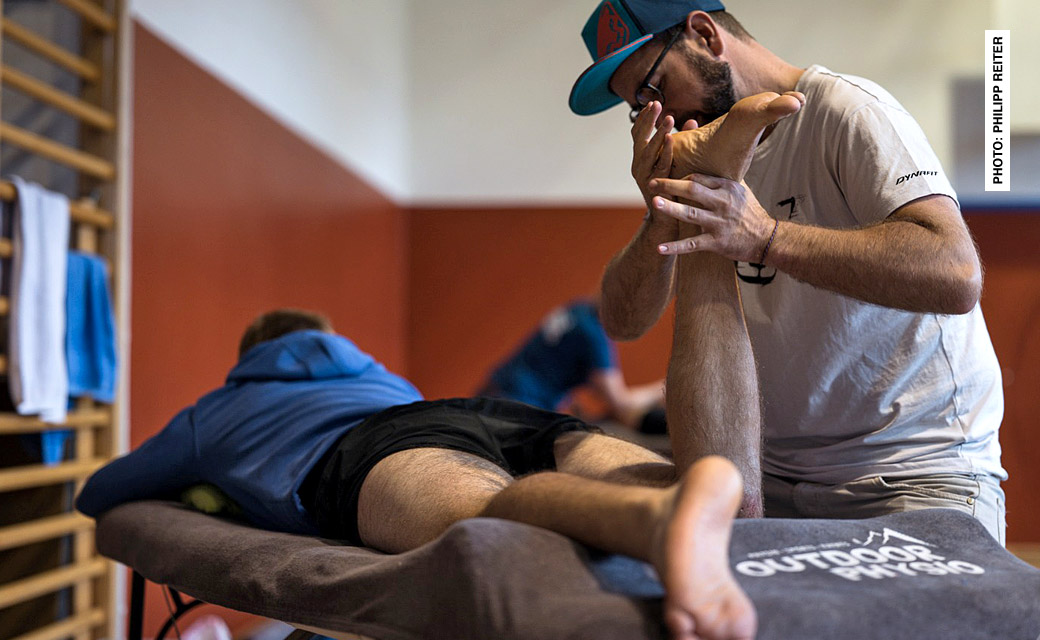
Physical treatment after an exhausting stage durng the Transalpine Run 2019
PREPARATION - TRAINING, HEALTH, RECOVERY
TRAINING, HEALTH AND RECOVERY: HOW DO YOU BECOME AN ULTRA RUNNER?
Ohhh… if only we knew. So far, we’ve never run an ultramarathon. The longest distance that we’ve ever run in one go was a little over 20 kilometers / 12 miles. One thing is clear to us, however: You don’t just turn up and run an ultramarathon. You need to train and prepare consistently and over an extended period. But how exactly do you become an ultra runner? We asked Dynafit athletes Maria Koller, Klaus Gösweiner and Hannes Namberger:
→ Training for an ultramarathon (external link)
Variety in training, diet and recovery - there are a lot of factors that play a role when preparing for a first ultramarathon. However, basic training is the foundation for success, so that an athlete’s body can withstand the demands of seven or eight hours of mountain running. We asked Harald Angerer about this:
→ Basic training - run slowly to go fast (external link)
Harald writes the “auffi muas i” (roughly translated “gotta go up”) blog, and probably knows better than anyone what it means to grit your teeth and carry on. He started running in 2008 to lose weight. Three years later, he had reached a body weight that allowed him to take part in long distance mountain runs. Today he has several ultramarathons under his belt, including the Grossglockner Ultra Trail that we will also be running at the end of July.
Training for an ultra is very time intensive, as we found out when we spoke with Harald. We have no children of our own (yet), but for Harald’s two sons and his wife, the preparation for an ultra can be a serious strain on the family. It requires excellent time management to allow Harald to have time for his family and friends in between his work life and his training. Harald has given a lot of thought to this and would like to share his conclusions with you:
→ Combining training, family and professional life (external link)
Active recovery is the secret of many professional athletes, and Harald uses the recovery time between training runs for long walks and easy runs, perfect for combining the recovery process with family time. Recovery is a key part of sports science; and it also one of the more significant aspects of training that a runner has to learn.
If you don’t allow your body the time to recover after intensive physical exertion, your performance can plateau or even decrease.
This quote comes from Dr. Verena Menz, Sports Scientist at the University of Innsbruck and a good friend of ours. She took the time and gave us a professional explanation of recovery:
→ Recovery after training und competition (external link)
Verena explained that correct, balanced nutrition accelerates recovery. But what does “correct, balanced nutrition” mean in regard to ultra running? We have collected some opinions on questions of nutrition in Training and Competition. You’ll find tips and suggestions from Dynafit ultra athletes Hannes Namberger, Malene Haukøy and Klaus Gösweiner as well as nutritional science recommendations from Dr. Verena Menz and physical therapist Sandra Jokić:
→ Nutrition for ultra runner (external link)
Each body is different! As a result, people react in very different ways to nutrition during training and competition. Muscle and bone structure vary from person to person, too. Despite this, runners and particularly ultra runners often suffer from the same complaints: runner’s knee, shin splints and stress fractures to name but a few, are far from uncommon. They are most frequently the result of excessive stress:
Injuries can frequently be avoided before they happen! On the one hand, it’s important for an athlete to listen to his or her body to recognize the earliest signs of an impending injury. On the other hand runners often invest too little time in classic muscle strengthening and stretching techniques. A new recovery trend is muscle training using a foam roller. Stability training, muscle strengthening, stretching and rolling:
STABILITY TRAINING: MUSCLE BUILDING FOR ULTRA RUNNERS
STRETCHING & ROLLING FOR ULTRA RUNNERS
In cooperation with DYNAFIT.
